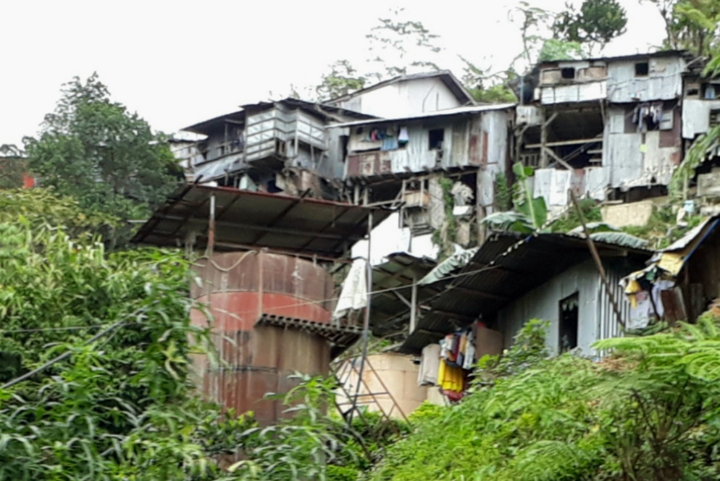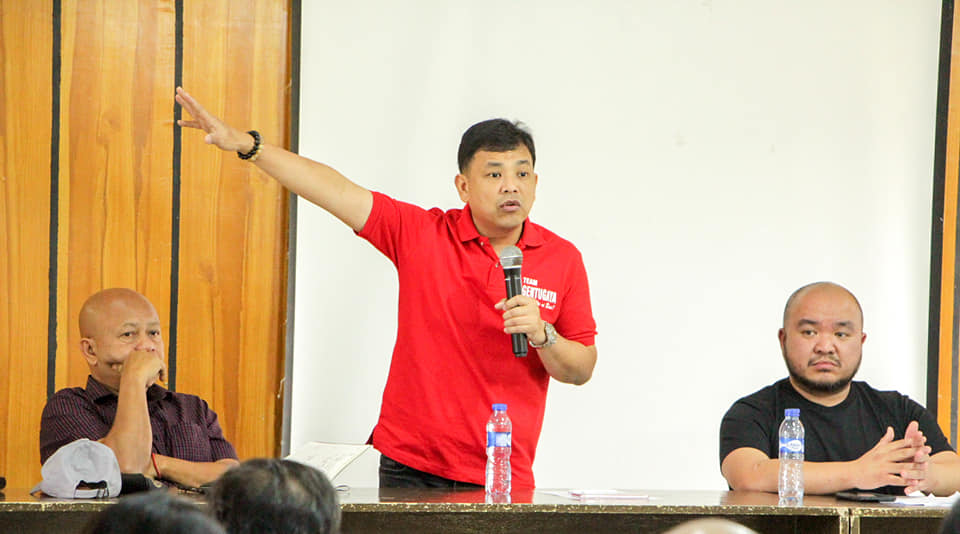DAVAO CITY (March 18) — The Department of Environment and Natural Resources (DENR) has closed 1,761 on its second day of serving the Cease and Desist Order (CDO) to all illegal ball mills, rod mills and Carbon-in-pulp (CIP) operating in Mt. Diwata, Monkayo, Compostela Valley Province.
The three-day operation dubbed as “Lihuk Alang sa Naboc” started last Saturday March 16.
Naboc River is part of the Diwalwal Mineral Reservation Area (DMRA) which feeds the Agusan River. It is the 3rd largest river basin in the country with a total drainage area of almost 12,000 sq. kms. including the wildlife sanctuary Agusan Marsh.
Based on studies conducted by the DENR-Environmental Management Board (EMB), the Mines and Geoscience Bureau (MGB), the United Nations Industrial and Development Organization (UNIDO), and other organizations, the Naboc River has high concentration of mercury, add to that incidents of soil erosion and siltation in the river.
The project of saving Naboc River from further mercury pollution include the relocation of informal settlers from Mt. Diwata to Sitio Mabatas, the same area where the processing plants will be transferred.

DENR Assistant Secretary for Field Operations Eastern Mindanao and DENR-XI Regional Executive Director Ruth Manigos-Tawantawan said, they are hoping that informal settlers and mining operators will follow the order and will voluntarily transfer to Mabatas.
Tawantawan said the move is in compliance to the directive of President Rodrigo Duterte to save Naboc River and to attain the government’s goal of cleaning and rehabilitating the water.
Based on the inventory of the DENR, there are 1,797 illegal milling plants in the area and its waste find its way to Naboc River.
The DENR, Tawantawan said, created a Provincial Task Force Naboc River (PTFNR) for the purpose and after the full implementation, the DENR will monitor the compliance of the order.
During the operation, 16 teams were dispatched in the area to serve CDOs to 312 mineral processing establishments including ball/rod mills and CIP plants. The operation will cover 23 puroks.

The team will be composed of personnel from DENR-XI, Mines and Geosciences Bureau (MGB-XI), Environmental Management Bureau (EMB-XI), Philippine Army, Philippine National Police, purok leaders, barangay officials and barangay functionaries. Each team is headed by PENR or CENR Officers and is composed of personnel from DENR-XI, Mines and Geosciences Bureau (MGB-XI), Environmental Management Bureau (EMB-XI).
In a press statement, the DENR stated, Chamberlain J. Babiera, chairperson and Provincial Environment and Natural Resources Officer (PENRO) revealed as of last Sunday, March 17, they already served 98 percent of the CDO to mining operators.
During the second State of the Nation Addressed of President Rodrigo Duterte last July 2017, he challenged the members of the Congress to visit the river in Diwalwal and see for themselves how “the pristine water turned to black” due to pollution, as the river became the catch basin for all waste coming from
the mining sites which is contaminated with mercury and cyanide.
The rehabilitation of Naboc River is one of the priority programs of Department of Environment and Natural Resources (DENR) Secretary Roy A. Cimatu.
During the opening ceremony Saturday, in his message relayed through Assistant Secretary for Mining Concerns Nonita S. Caguioa, Cimatu said the Naboc clean-up and rehabilitation is long overdue as Mercury and Cyanide misuse caused harm to the environment and people’s health.
The use of Mercury in small-scale mining was banned through Executive Order No. 79 series of 2012. However, said EO failed to prescribe penalties for violations which made enforcement somewhat problematic although the Department can impose administrative sanctions like the cancellation of permits and the issuance of CDOs.
Tawantawan said “Several meetings and consultations have been done and there were those who requested for an extension. Originally, we gave them until October 13, 2017 until it reached to March 15 of this year. We gave in to their requests because we also need to address the basic services that they will need in the transfer site. Now that there is already water, roads and electricity (in Mabatas), there’s no more reason for them not to transfer.”
Tawantawan added that the “Lihok Alang sa Naboc” is due to the political will of President Duterte and Secretary Cimatu. “If they have done it in Boracay and in Manila Bay, why can’t we do it in other places?”
PTFNR was created through Special Order 2018-593 to address the environmental problems brought about by mining and illegal forest-related activities within the DMRA.

Monkayo Mayor Ramil Gentugaya said there is no other way but for everybody to transfer to the Mabatas.
He said if the operators will continue to defy the order, President Duterte might choose to shut down all tunnels and processing plants just like in Boracay which will affect everyone.
Gentugaya, in an interview, said he and the provincial government are working to provide road and other infrastructure needed by the affected operators and residents-from housing requirements to transportation.
The Naboc River does issue does not only affect the mining operators and the residents of Mt. Diwata, but it also endangers the people, the farmers and the residents of Barangays Tubo-tubo, Naboc and Mangayon in Compostela, Gentugaya emphasized.-Editha Z. Caduaya with report from PNA

